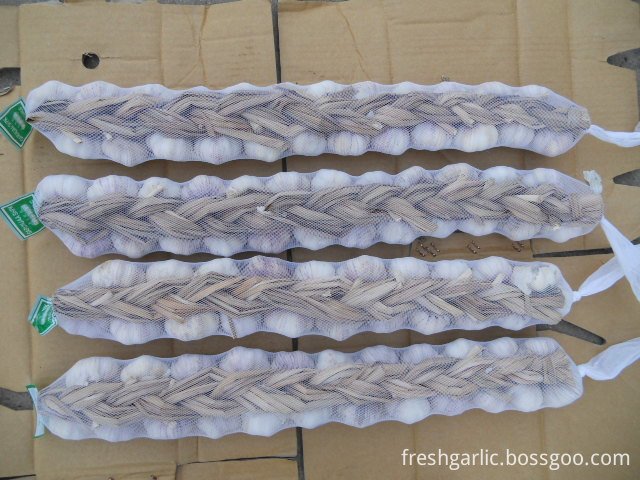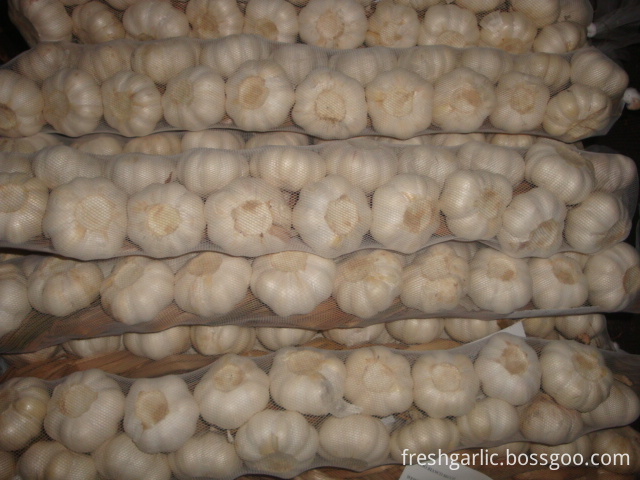Fertilizing in farmland is an ordinary principle, but it can't just increase the amount of fertilizer or simply rely on chemical fertilizer.
Rational fertilization enables plants to grow robustly and develop normally, which means that the plant's genetic potential, including disease resistance, can be normally expressed. Therefore, all cultivation and management measures conducive to the normal growth of plants, including fertilization, will help prevent disease. Fitness training has become a fundamental measure for preventing and treating various diseases.
As we all know, serious shortage of fertilizer or over-fertilization can lead to physiological diseases, known as deficiency syndrome or fertilizer. In most cases, inappropriate fertilization may not cause significant abnormalities, but may reduce plant disease resistance. Rice blast, sheath blight, wheat powdery mildew, and tobacco brown spot disease are often referred to as high fat diseases. Here, "high fat" actually refers to nitrogen fertilizer. Excessive, too late or over-concentration of nitrogen fertilizers often causes the rice plant to grow mad, and the leaves are covered with a weak coat. The content of ammonia nitrogen and free amino acids in the body is too high, and the ratio of carbon to nitrogen is reduced, eventually impairing rice disease resistance. Excessive nitrogen fertilizer can also cause plant closure, long dew condensation time, and provide suitable environmental conditions for fungal diseases; on the contrary, rice leaf spot, apple tree rot disease, wheat root rot disease, solanaceae plant early blight, blue Blight, as well as the frequent occurrence of damping-off on most plant seedlings, are often severe in fields that lack fertilizer. In 1943, the Bangladesh rice malaria pandemic in Bangladesh caused a famous famine in Bangladesh. Drought and lack of fertilizer are important reasons.
Under normal circumstances, increasing phosphorus and potassium fertilizers can improve the balance of nutrients in plants and promote crop maturation, so as to avoid pathogens that infect young tissues and increase resistance (resistance) to disease. In particular, it is aimed at the fungal diseases of the roots, stems and leaf tissues of plants that have been locally infested, such as wheat stem rust, whole barley rot, potato scab, tomato early blight, and corn stalk rot. However, excessive phosphorus may aggravate spinach virus disease and wheat blight, and excessive potassium may increase the damage of rice blast disease and root knot nematode disease.
In some areas, due to the long-term excessive dependence on chemical fertilizers, the organic matter content of some farmlands has decreased significantly. In addition, the use of chemical agents has resulted in a shortage of soil microbes and a decline in the ability to control soil-borne diseases. This is the blight of many crops in recent years. Blight, root rot, and nematode disease are the main causes of the increase. The use of decomposed organic fertilizers and bacterial fertilizers will undoubtedly increase the types and numbers of soil microorganisms, and will be a permanent measure to reduce or suppress soil-borne diseases. Of course, it is also necessary to emphasize the maturity of organic fertilizers. Otherwise, fertilization can spread pests and grass seeds.
We can supply Garlic Braids all the year round. The garlic braids range from 8 to 22 bulbs per braids.The garlic braids can be packed in small bags or cartons.We can also satisfy the packing and the length of braids you desire. The garlic braids order should be placed before garlic harvesting in China.
1. Commodity name: garlic braids
2. Variety: Normal White Garlic and Pure White Garlic3. Feature: strongly spicy, milk white flesh, naturally bright color, no burnt, no mouldy, no broken, no dirt skins, no mechanical damaged, roots cleaness.
4. Size: 5.0-5.5cm,5.5-6.0cm, 6.0-6.5cm
5. Packing:
a) 500g/braid, 10kgs/carton;
b) 1kg/braid, 10kgs/ctn
c) or packed according to clients' requirements.
6. Braid length: 30cm-60cm
7. Supply period: all the year round
a) Fresh Garlic: early June to end August
b) Cold storaged garlic: early September to the next middle May
8. Transporting and storing temperature: -3°C--+2°C
9. Shelf life: stored for up to 12 months in the proper conditions


Garlic Braids
Garlic Braids,Fresh Garlic Braid,White Garlic Braid,Normal Garlic Braids
JINING FORICH FRUITS & VEGETABLES CO., LTD. , https://www.forichgarlic.com